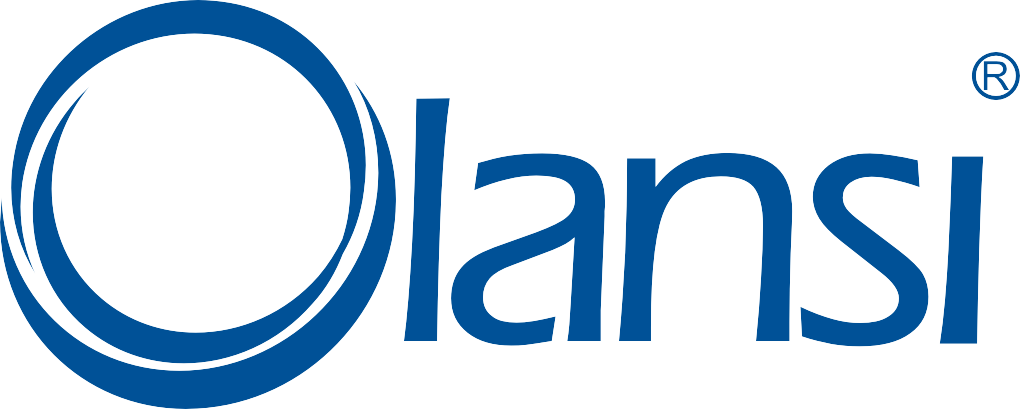Diwali marks the beginning of winter smog in north India and the air remains thick with pollution till April. If your lungs are protesting and you are at your wits end over what to look for in an air-purifier to clean indoor air, look no further.
Barun Aggarwal, CEO of BreatheEasy, provider of indoor air purifying solutions, gives a checklist of things to look for in an air-purifier for your home or workplace.
Check the specification of the air purifier to see whether it has a HEPA (high efficiency particulate air) filter. “There are many products in the market which say HEPA-like filters, people must avoid these. The HEPA filter clears out the small particulate matter (PM2.5 and less) that can go deep within the lungs and cause respiratory problems,” said Aggarwal.
Heavy activated charcoal
While buying an air purifier ensure that it has activated charcoal in it to remove harmful gasses as well as bad odours.
Check for a pre-filter
Buy air purifiers that have a pre-filter to remove the larger particulate matter. “In an air purifier that doesn’t have a pre -filter, even the large particulate matter present in the air would reach the HEPA filter and reduce its efficiency,” Aggarwal said.
Pre-filter can be easily cleaned or replaced, prolonging the life-span of the purifier.
The higher the Clean Air Delivery Rate (CADR ) , the more air gets purified. The number describes the purifier’s ability to remove all pollutants from specific amount of air.
Usually manufacturers list the area the air purifier works best in square feet. “While buying a purifier, you have to halve the area and see whether it suits your need. This is because manufacturers test equipment in a sealed environment with the purifier running at high speed. These conditions are not possible in real life because running a purifier at full speed is noisy and home and offices have leaky windows and doors opening, which brings doown efficiency,” said Aggarwal.
Avoid purifiers with negative ions, photocatalytic oxidation, UV lights
Avoid air purifiers that have either of the three specifications as these can potentially release ozone as a by-product. “Ozone is harmful for the lungs and is known to lead to more incidents of asthma attacks and other respiratory problems,” Aggarwal said.


